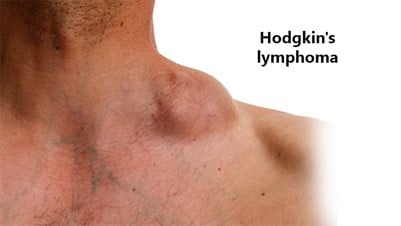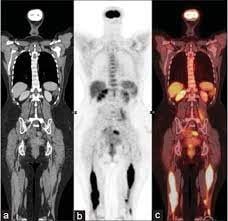

"These are cancers of the blood and immune systems and they are evaluated and treated by hematologists (blood cancer specialists)" says resident consultant hematologist Dr. Jay Suriar.
The common symptoms and signs:
Leukemia is a cancer that originates in the blood or bone marrow. In Malaysia, leukemias are the 6th commonest type of cancer.
They originate from one of many families of cells that develop in the bone marrow. Depending on how they behave, leukemias are classified as
Examples of acute leukemias include Acute Myeloid Leukemia (AML) and Acute Lymphoblastic Leukemia (ALL). Examples of chronic leukemias are Chronic Myeloid Leukemia (CML) and Chronic Lymphocytic Leukemia (CLL).
Symptoms
Leukemia typically results in an increased white blood cell count, with reduced hemoglobin (anemia) and low platelets. Fever and infections due to poor immunity, as well as bleeding symptoms (eg. bruising, gum bleeds), may occur.
Acute leukemia makes the affected person ill very quickly and there is a high risk of developing serious complications. Therefore, they require urgent treatment.
Chronic leukemias cause symptoms more gradually and may be present for many months before they cause symptoms.
Risk factors
Risk factors for developing leukemia are age, radiation exposure, inherited disorders of DNA repair, and previous chemotherapy. Some leukemias like CLL are more common in first-degree relatives of individuals who have CLL.

Diagnosis
A full blood count, which is a simple blood test, can often indicate the possibility of a leukemia
The diagnosis of leukemia is confirmed by performing a bone marrow biopsy.

Treatment
The treatment of acute leukemia is with intensive chemotherapy, given in cycles. This usually requires hospitalization for several weeks per cycle. If treatment is successful, a bone marrow transplant using donor stem cells (from siblings or matched donors) may be required to prevent leukemia from recurring.
Frail individuals may be candidates for targeted therapy or low-intensity chemotherapy if they are not able to tolerate intensive chemotherapy.
Chronic leukemias usually do not require intensive chemotherapy. Moderately intensive chemotherapy or targeted oral therapy can be used for many chronic leukemias. Some patients with chronic leukemias may not require immediate treatment and can be observed and monitored in the early stages until symptoms develop that require treatment.
Lymphoma is the 4th commonest cancer in Malaysia. It is a malignancy that develops from our immune cells. Lymphomas are classified as B, T, and NK cell lymphomas.
B cell lymphomas are the commonest lymphoma type; most are classified as non-Hodgkin lymphomas (NHL). One special subtype of B cell lymphoma is Hodgkin lymphoma (HL). HL is unique because it affects younger individuals and has extremely high cure rates.
T-cell lymphomas are less common but more frequently encountered in Asia than in Western countries.
Risk factors
Risk factors for developing lymphoma include advanced age, chronic viral or bacterial infections, and autoimmune disease.
Symptoms
All types of lymphoma can cause swollen lymph nodes, fever, weight loss, and fatigue. Sometimes, anemia (low hemoglobin) occurs, causing tiredness.

Diagnosis

Treatment

Do not ignore symptoms such as persistent fever, fatigue or unusual bruising or bleeding. Unexplained persistent symptoms like breathlessness, persistent pain, weight loss or enlarging lymph nodes could also indicate the presence of leukemia or lymphoma. These symptoms should prompt you to see your family doctor or a specialist for evaluations and simple blood tests.
Written by
Consultant Hematologist
Gleneagles Hospital Kuala Lumpur

Wait a minute

Wait a minute